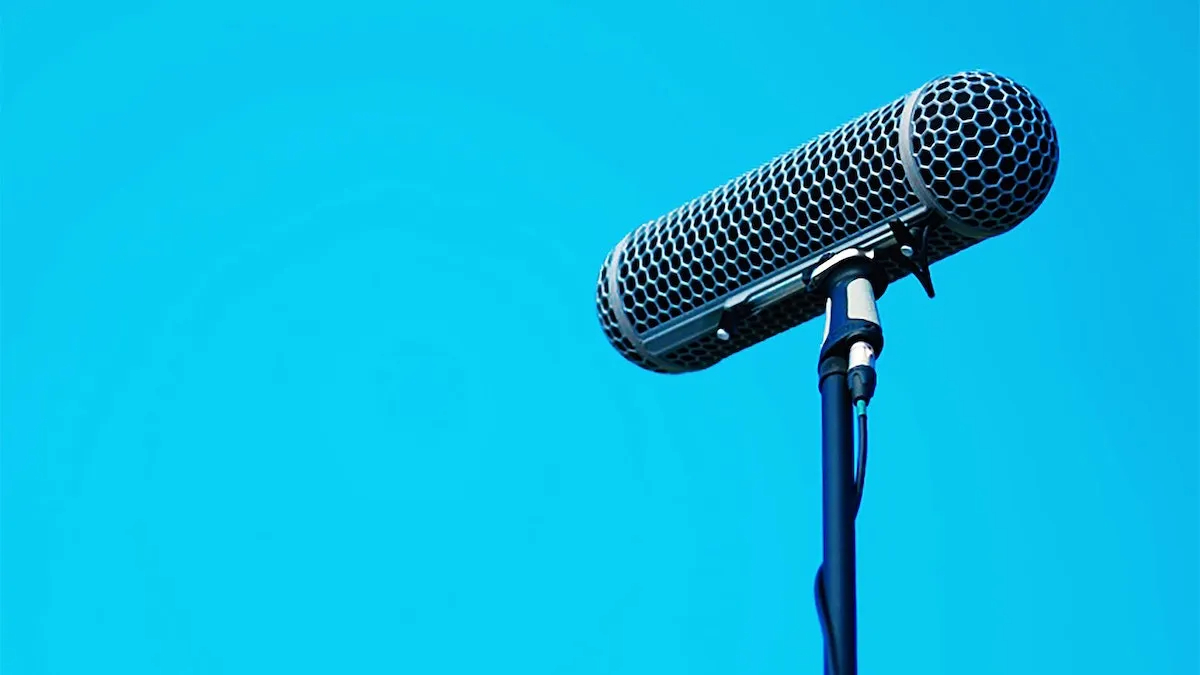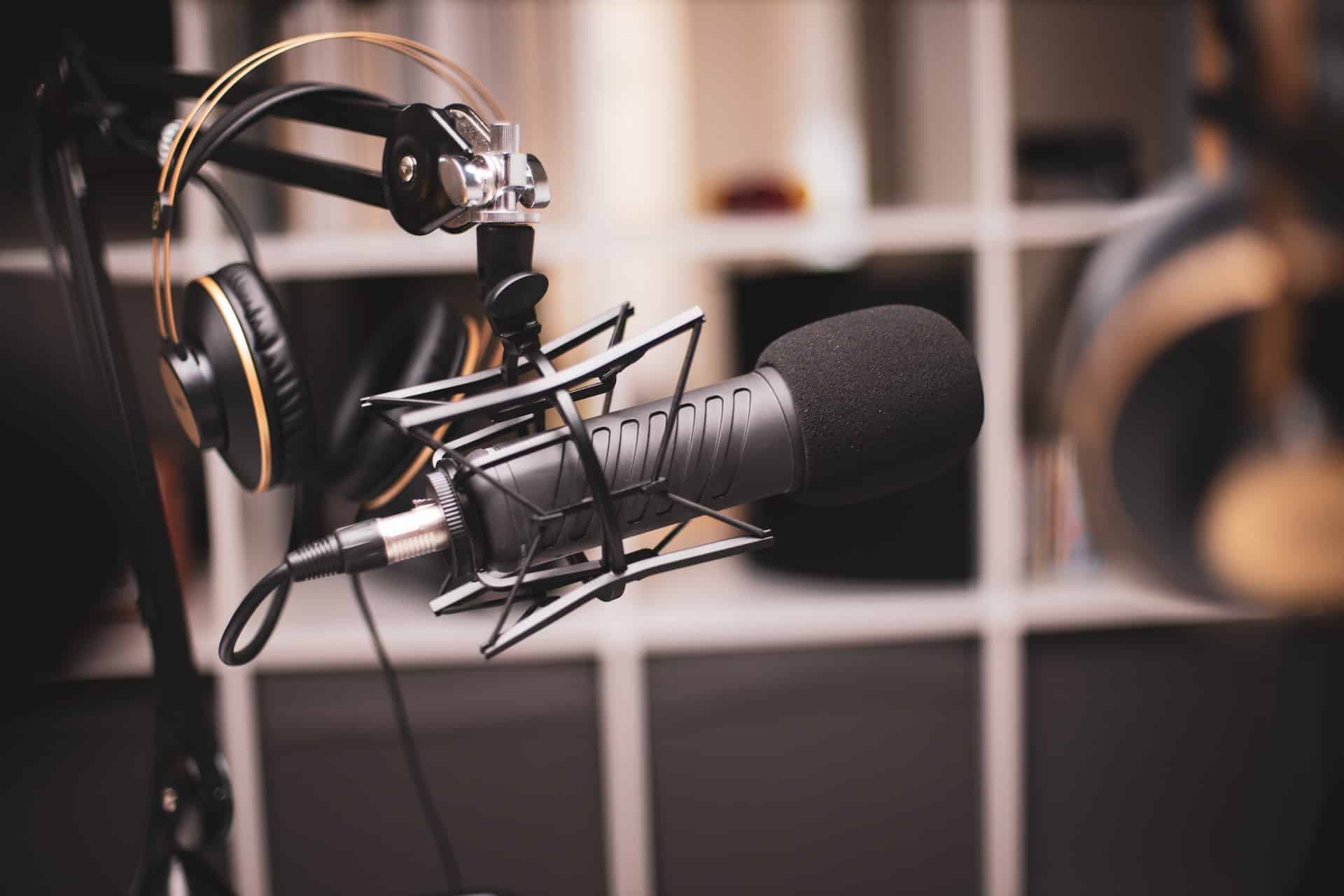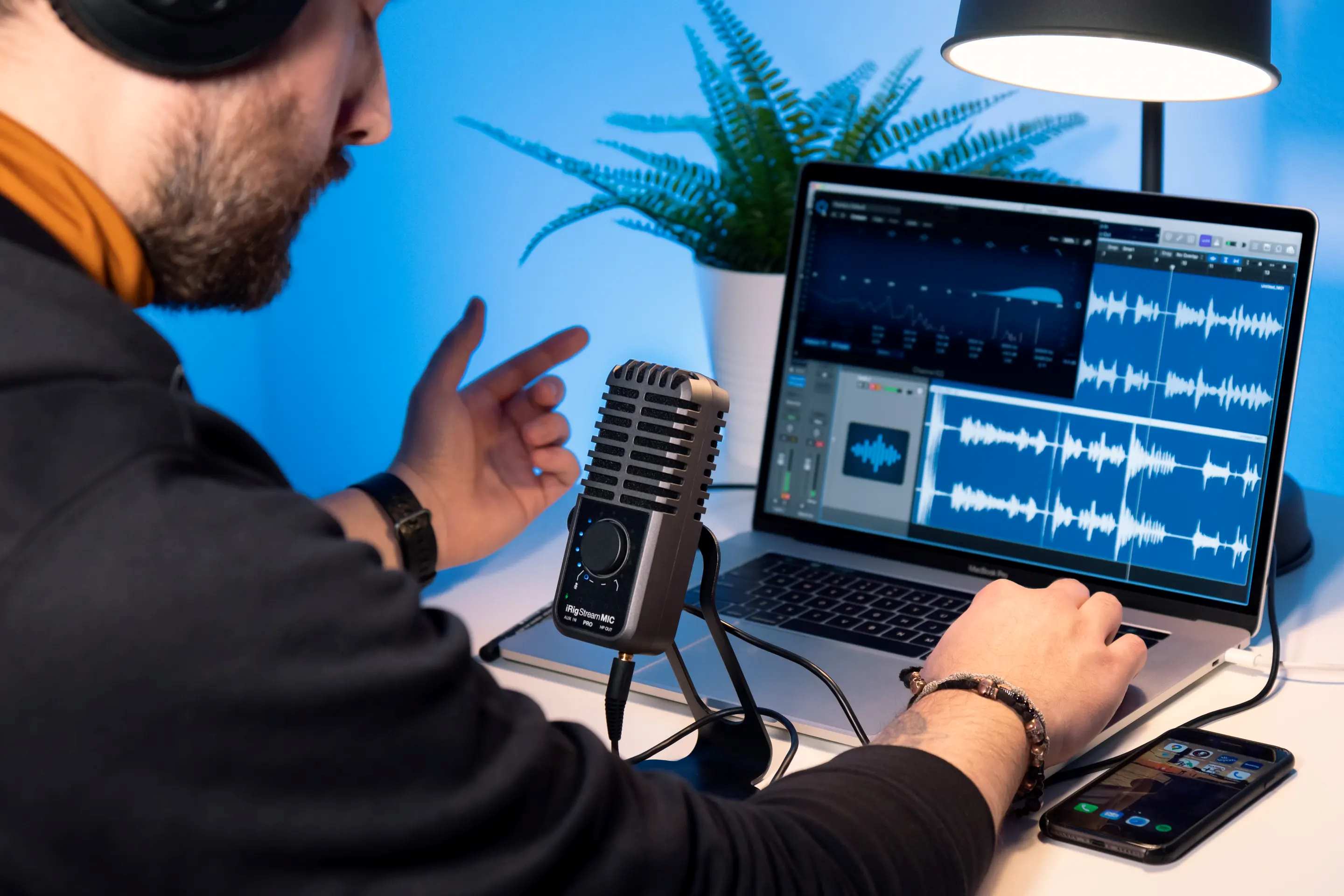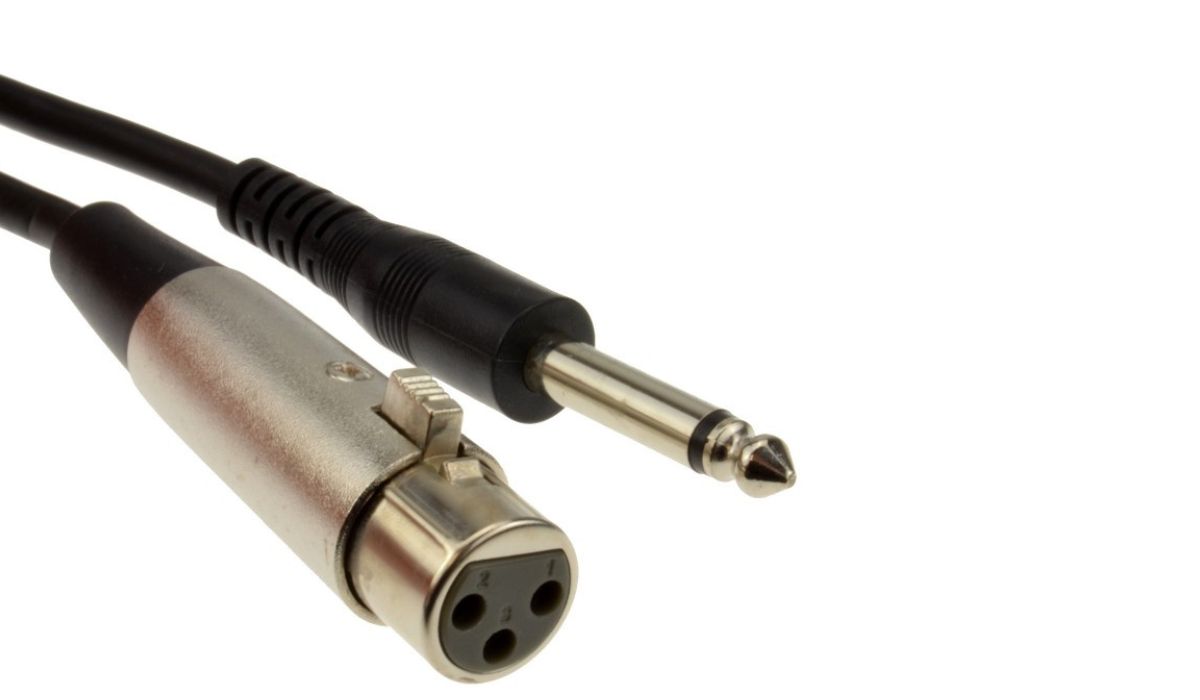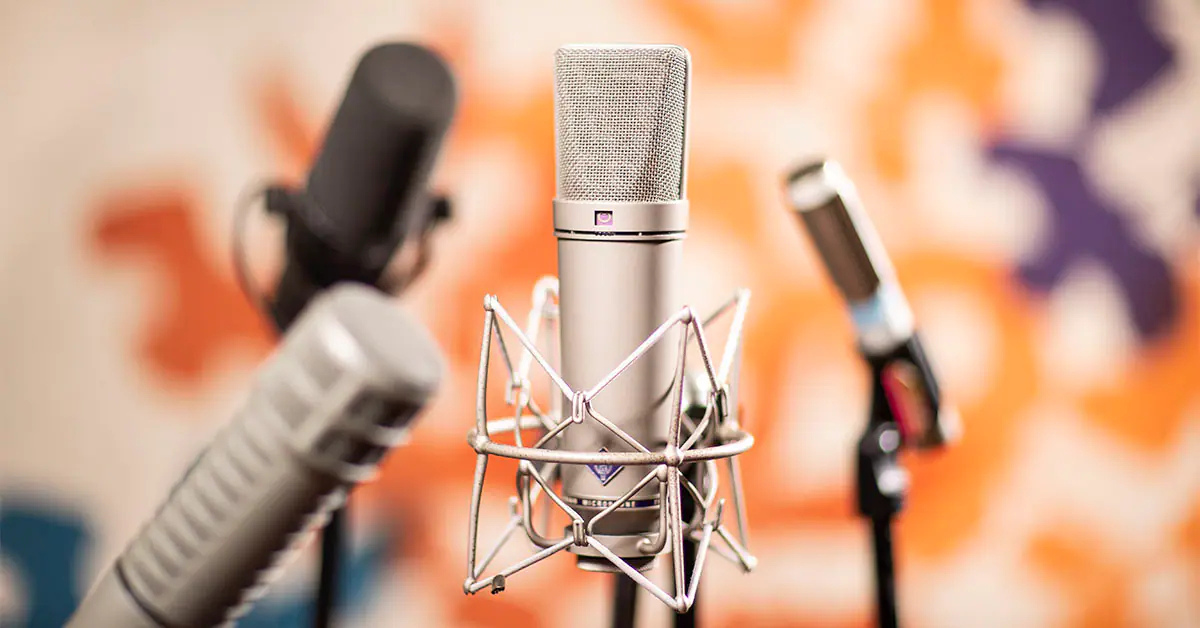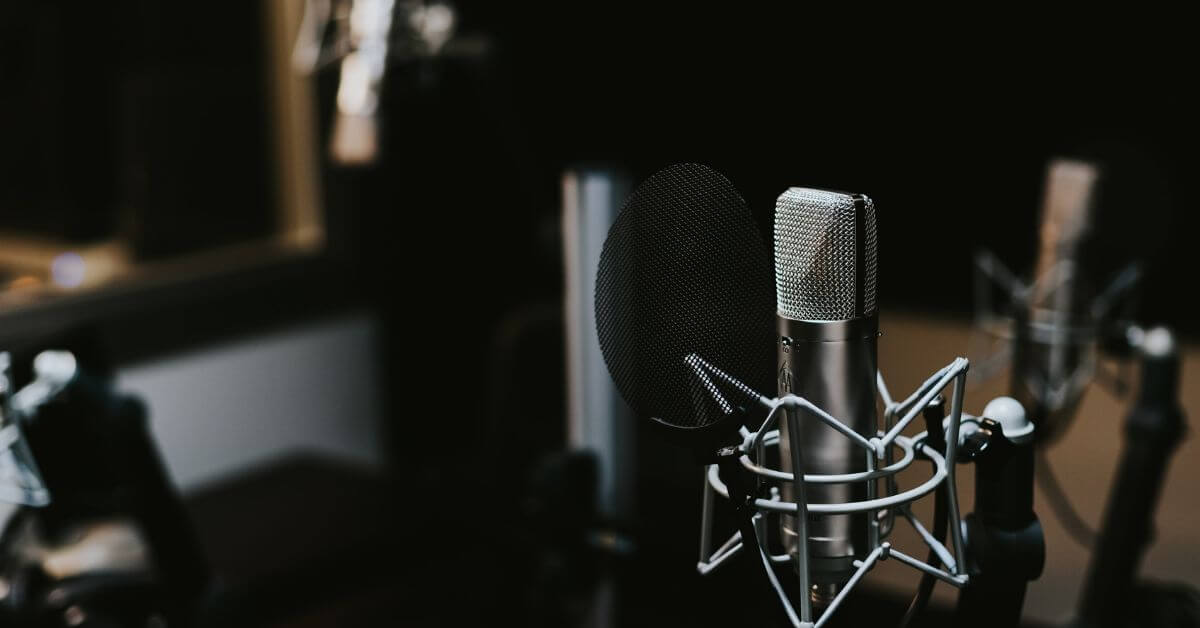Home>Devices & Equipment>Microphone>What Is A Condenser Microphone?
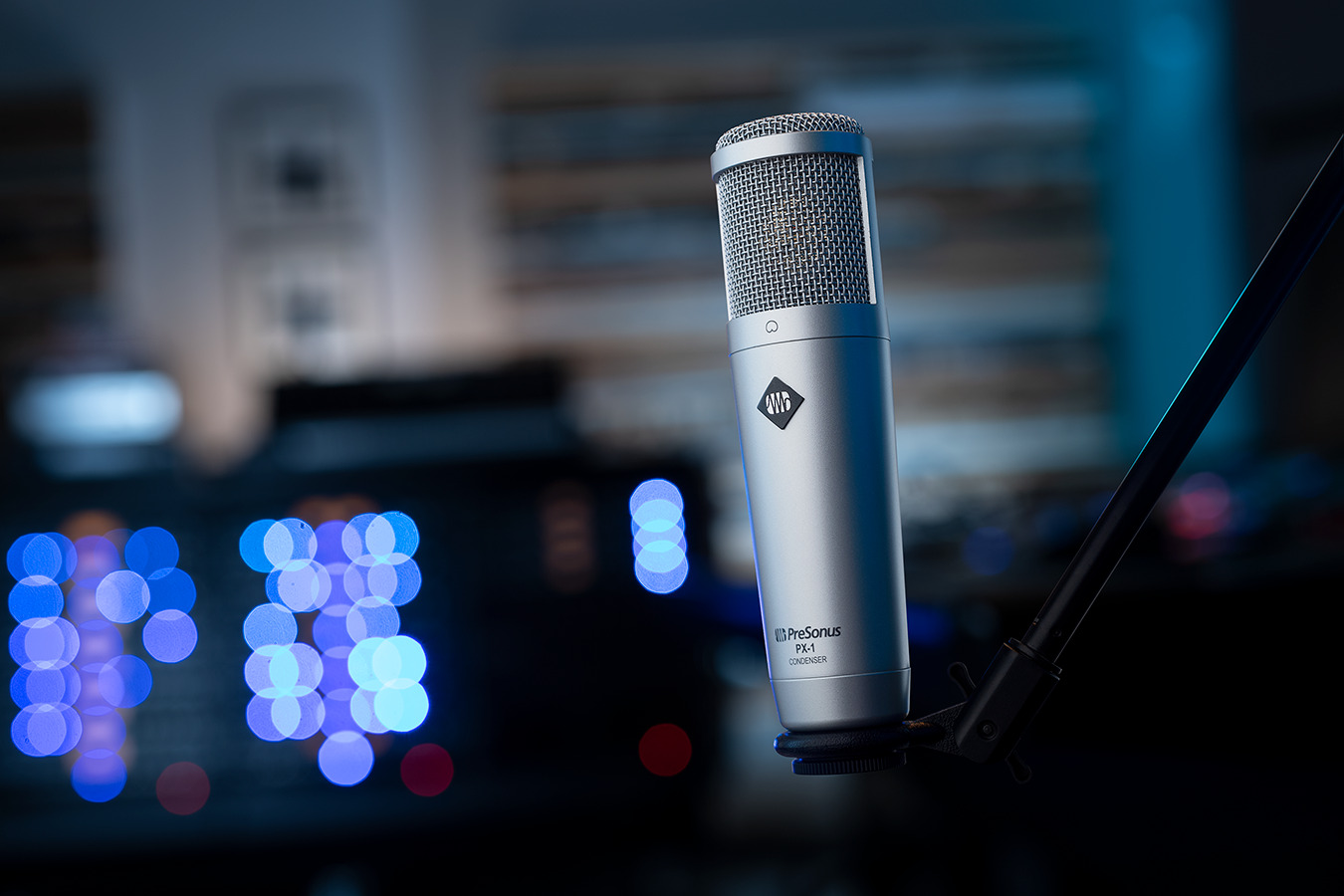

Microphone
What Is A Condenser Microphone?
Published: February 17, 2024
Learn about condenser microphones and their uses. Find out how these high-quality microphones can enhance your audio recording and performance. Discover the benefits of condenser microphones.
(Many of the links in this article redirect to a specific reviewed product. Your purchase of these products through affiliate links helps to generate commission for AudioLover.com, at no extra cost. Learn more)
Table of Contents
Introduction
Condenser microphones are a vital tool in the world of audio recording and production. They are known for their exceptional sound quality and sensitivity, making them a top choice for studio recording, live performances, podcasting, and more. Understanding the inner workings of condenser microphones, along with their advantages and disadvantages, can provide valuable insight for both audio professionals and enthusiasts.
These microphones operate on the principle of capacitance, utilizing a diaphragm and a backplate to convert sound waves into electrical signals. Unlike dynamic microphones, which use electromagnetic induction to produce a signal, condenser microphones rely on changes in capacitance to achieve the same result. This fundamental distinction gives condenser microphones their unique characteristics, including high sensitivity and extended frequency response.
In this article, we will delve into the intricate mechanics behind condenser microphones, exploring their functionality, different types, advantages, and disadvantages. By gaining a deeper understanding of these aspects, readers can make informed decisions when selecting microphones for various applications. Whether you are a seasoned audio engineer or a budding podcaster, the knowledge of condenser microphones is a valuable asset in the pursuit of high-quality audio production.
How Does a Condenser Microphone Work?
Condenser microphones, also known as capacitor microphones, operate on the principle of capacitance to convert sound waves into electrical signals. At the core of a condenser microphone is a diaphragm, typically made of a thin conductive material such as gold-sputtered Mylar. This diaphragm is positioned in close proximity to a backplate, creating a small gap between the two components. The diaphragm and backplate form the capacitor of the microphone, where the variation in capacitance due to sound waves results in the generation of an electrical signal.
When sound waves reach the diaphragm, they cause it to vibrate in accordance with the incoming audio. As the diaphragm moves, the distance between it and the backplate changes, leading to fluctuations in the capacitance of the microphone. These variations in capacitance produce an electrical signal that accurately represents the audio input. The electrical signal is then amplified and processed to capture the nuances of the sound being recorded.
One key characteristic of condenser microphones is their high sensitivity, allowing them to capture subtle details and nuances in sound. This sensitivity makes condenser microphones well-suited for recording vocals, acoustic instruments, and intricate sound sources. Additionally, condenser microphones typically exhibit a wider frequency response compared to dynamic microphones, enabling them to capture a broader range of audio frequencies with clarity and precision.
It is important to note that condenser microphones require power to operate, commonly provided in the form of phantom power from a mixing console, audio interface, or external power supply. This power is essential for energizing the microphone’s internal circuitry, including the backplate, and enabling the conversion of sound waves into electrical signals.
By harnessing the principles of capacitance and precise diaphragm movement, condenser microphones excel in capturing detailed and accurate audio, making them a preferred choice for professional recording and broadcast applications.
Different Types of Condenser Microphones
Condenser microphones come in various types, each designed to cater to specific recording needs and preferences. Understanding the distinctions between these types can aid in selecting the most suitable microphone for a given application. The primary types of condenser microphones include:
- Large-Diaphragm Condenser Microphones: These microphones feature a diaphragm with a larger surface area, allowing them to capture sound with a greater sense of depth and warmth. Large-diaphragm condenser microphones are favored for recording vocals, acoustic instruments, and studio applications where a rich and nuanced sound is desired.
- Small-Diaphragm Condenser Microphones: Characterized by a smaller diaphragm, these microphones excel in capturing fast transients and high-frequency detail. They are commonly used for recording acoustic instruments, drum overheads, and ensemble performances where precision and clarity are paramount.
- Tube Condenser Microphones: These microphones incorporate vacuum tubes in their circuitry, imparting a classic, vintage character to the audio. Tube condenser microphones are renowned for their warm and harmonically rich sound, making them a popular choice for vocal recording, broadcast, and studio applications seeking a vintage tonal quality.
- Electret Condenser Microphones: Leveraging a permanently charged material in the diaphragm, electret condenser microphones eliminate the need for external polarizing voltage. They are often utilized in consumer recording devices, lavalier microphones, and applications where compact size and efficiency are crucial.
- USB Condenser Microphones: Engineered with built-in analog-to-digital converters, USB condenser microphones can directly interface with computers and digital audio workstations (DAWs) via USB connectivity. These microphones offer convenience and flexibility for podcasting, home recording, and voiceover work, eliminating the need for additional audio interfaces or preamps.
Each type of condenser microphone brings its own sonic characteristics and operational advantages, catering to diverse recording scenarios and user preferences. By considering the unique attributes of these microphone types, audio professionals and content creators can make informed decisions when assembling their recording setups and capturing high-quality audio.
Advantages of Using a Condenser Microphone
Condenser microphones offer a range of benefits that make them a popular choice for professional recording, broadcasting, and content creation. Understanding the advantages of condenser microphones can help individuals make informed decisions when selecting the appropriate microphone for their specific audio needs. Some key advantages include:
- High Sensitivity: Condenser microphones are renowned for their high sensitivity, allowing them to capture subtle nuances and details in sound with exceptional accuracy. This makes them ideal for recording vocals, acoustic instruments, and ambient soundscapes, where capturing fine sonic details is crucial.
- Extended Frequency Response: Condenser microphones typically exhibit a wider frequency response compared to dynamic microphones, enabling them to capture a broader range of audio frequencies with clarity and precision. This characteristic makes them suitable for capturing a diverse range of sound sources, from deep lows to sparkling highs.
- Transient Response: Condenser microphones excel in capturing fast transients and rapid changes in sound due to their lightweight diaphragms and precise responsiveness. This makes them well-suited for recording percussive instruments, acoustic guitar strums, and other transient-rich audio sources with exceptional detail and articulation.
- Low Self-Noise: Condenser microphones typically exhibit lower self-noise levels compared to dynamic microphones, resulting in cleaner recordings, especially when capturing quiet or delicate sound sources. This low self-noise contributes to the microphone’s ability to faithfully capture the intended sound without introducing unwanted artifacts.
- Detail and Clarity: The inherent design of condenser microphones allows them to capture audio with a high level of detail and clarity, making them a preferred choice for critical recording applications such as studio vocals, acoustic ensembles, and classical music performances. The ability to faithfully reproduce the sonic characteristics of the source contributes to the overall transparency and fidelity of the recorded audio.
These advantages collectively position condenser microphones as versatile and indispensable tools for capturing high-fidelity audio in a wide range of professional and creative endeavors. Whether in the studio, on stage, or in the realm of content creation, the exceptional sensitivity and sonic precision of condenser microphones elevate the quality of recorded sound, enriching the listening experience for audiences and creators alike.
Disadvantages of Using a Condenser Microphone
While condenser microphones offer a plethora of advantages, it is important to acknowledge their limitations and potential drawbacks, which can influence their suitability for certain recording scenarios. Understanding the disadvantages of condenser microphones can aid in making informed decisions when selecting a microphone for specific applications. Some notable disadvantages include:
- Sensitivity to Environmental Noise: Condenser microphones are highly sensitive and can pick up ambient noise, room reverberation, and handling vibrations more prominently than dynamic microphones. This sensitivity may necessitate careful acoustic treatment of the recording environment to minimize unwanted background noise and reflections.
- Power Requirements: Unlike dynamic microphones, condenser microphones require power to operate, commonly in the form of phantom power from a mixing console, audio interface, or external power supply. This dependency on power sources can limit their portability and necessitate additional equipment for proper operation.
- Durability and Handling: Some condenser microphones, particularly those with delicate diaphragms and intricate internal components, may be more susceptible to damage from rough handling, physical shocks, or exposure to extreme environmental conditions. Careful handling and storage are essential to preserve the longevity and performance of condenser microphones.
- Cost: High-quality condenser microphones, especially those designed for professional studio use, can be relatively expensive compared to dynamic microphones. This cost factor may pose a barrier for budget-conscious individuals or those seeking microphones for casual or non-professional applications.
- Overload and Distortion: In high-SPL (sound pressure level) situations, condenser microphones may exhibit a tendency to overload and distort more readily than dynamic microphones. Careful attention to proper gain staging and microphone placement is essential to avoid distortion when recording loud sound sources.
By recognizing these limitations, individuals can make informed choices regarding the suitability of condenser microphones for specific recording environments, applications, and budget considerations. While the advantages of condenser microphones are substantial, addressing their potential drawbacks is essential for achieving optimal results and maximizing their effectiveness in diverse audio production scenarios.
Conclusion
Condenser microphones stand as indispensable tools in the realm of audio recording, offering unparalleled sensitivity, sonic precision, and versatility across a wide range of applications. Their ability to capture nuanced details, extended frequency response, and transient-rich audio sources makes them a preferred choice for professional studios, live performances, podcasting, and content creation endeavors.
Understanding the inner workings of condenser microphones, including their reliance on capacitance and diaphragm movement, provides valuable insight into their exceptional performance characteristics. The different types of condenser microphones, such as large-diaphragm, small-diaphragm, tube, electret, and USB variants, cater to diverse recording needs, sonic preferences, and operational requirements.
While condenser microphones offer a host of advantages, including high sensitivity, extended frequency response, and exceptional sonic clarity, it is important to acknowledge their limitations. Sensitivity to environmental noise, power requirements, durability concerns, cost considerations, and the potential for overload and distortion in high-SPL scenarios are factors that warrant careful consideration when employing condenser microphones in various recording environments.
Ultimately, the informed selection and utilization of condenser microphones play a pivotal role in capturing high-fidelity audio, elevating the quality of recordings, broadcasts, and creative content. By weighing the advantages and disadvantages of condenser microphones against specific recording objectives and constraints, individuals can harness the full potential of these microphones to achieve outstanding sonic results.
Whether in the hands of seasoned audio professionals, aspiring musicians, podcasters, or content creators, condenser microphones continue to shape the landscape of audio production, enriching the auditory experience and preserving the artistry of sound in its purest form.

